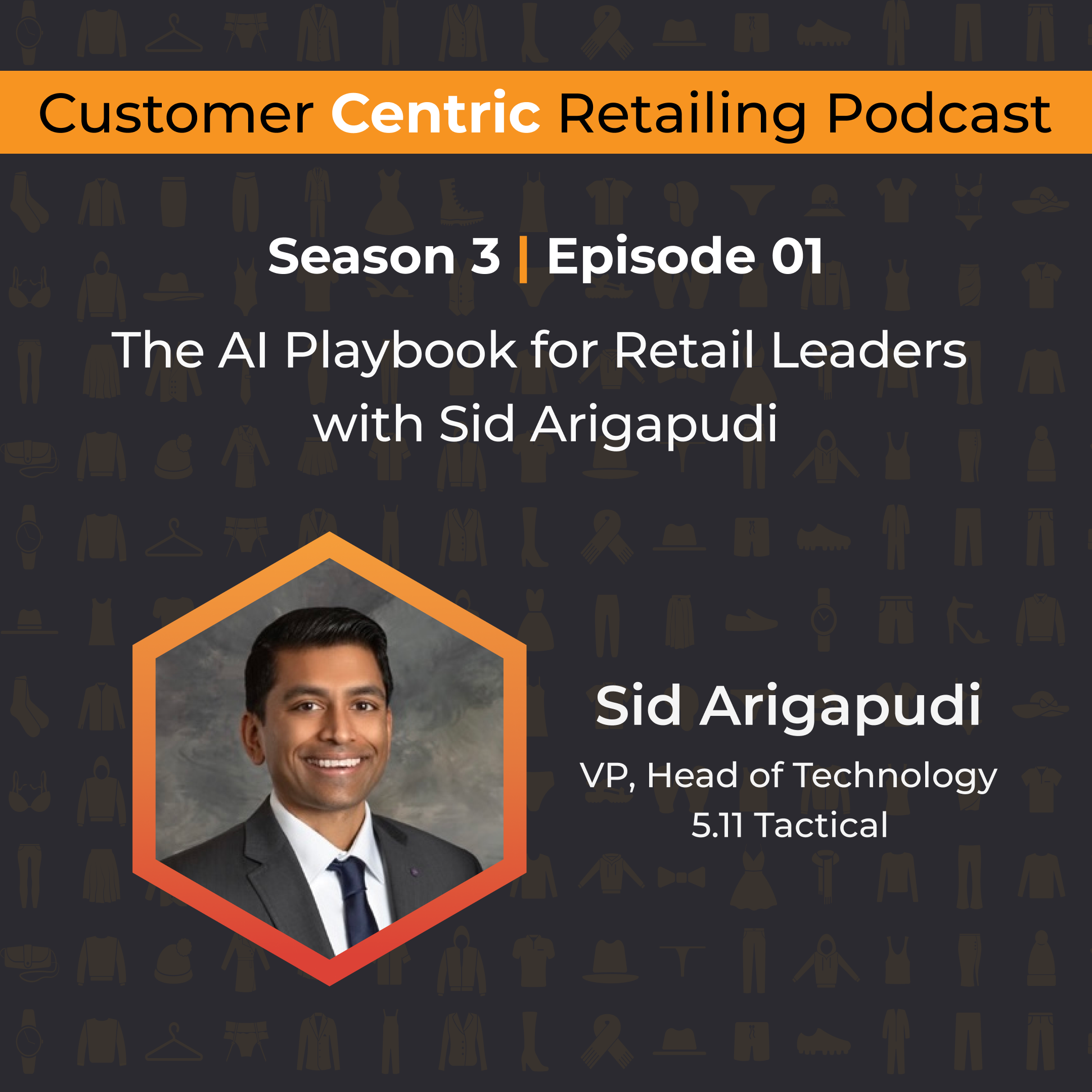[ 1:31 - 2:35 ] Mitch's journey through Kintec Footwear + Orthotics
Kintec Footwear + Orthotics started with custom orthotics and later expanded into footwear to better serve its community. Mitch joined the company in 2001 as a Retail Pedorthic Assistant, supporting certified pedorthists who create custom orthotics. With a kinesiology background, he began on the sales floor and discovered a passion for helping customers. He also developed an interest in business operations and technology. Over the years, he moved through multiple roles, helping Kintec grow from three to over twenty locations and eventually becoming company president.
[ 4:17 - 5:10 ] How can leaders best support their teams for success in retail?
Mitch emphasizes a leadership philosophy focused on support and empowerment. Inspired by his mentor from CEO Alliance, he believes in flipping the traditional org chart. Leaders exist to lift their teams, remove obstacles, and enable others to excel. He notes that a leader’s stability allows for effective strategy and execution. In this model, the leader’s role is not to dictate but to clear the path, ensuring challenges are addressed so the team can perform at its best. This approach flows through the organization and ultimately enhances the customer experience.
[ 8:43 - 9:25 ] How can in-store and eCommerce work together for better CX?
According to Mitch, the key is meeting customers where they are to deliver the most value. This means offering flexibility in how they shop, whether coming into the store for the experience or having a trusted product delivered directly to them. By supporting both in-store and eCommerce channels, businesses can create an omnichannel experience that adapts to each customer’s needs, ensuring convenience, satisfaction, and long-term loyalty.
[ 14:18 - 14:47 ] What makes in-store pickup a better option for shoppers?
More customers are drawn to the convenience of buying online and picking up in-store. At first, it may seem counterintuitive, but the appeal is clear. For retailers, especially smaller ones, inventory is limited, and promising a product on the spot can be risky. BOPIS solves this by giving customers certainty that their item will be waiting. It’s also ideal for exploration. Shoppers can try on a new style, check the fit, and decide right then. No back-and-forth shipping, no surprises. At its core, BOPIS is about trust, convenience, and creating a shopping experience that leaves customers confident.
[ 20:03 - 21:34 ] How do supply chain breakdowns affect footwear retail?
The footwear supply chain has shifted dramatically since 2020. Before the pandemic, retailers relied on suppliers’ backstock to quickly fill gaps, keeping inventory moving smoothly. COVID-19 changed that. Major production hubs like Vietnam shut down, delaying shipments and leaving retailers with either excess inventory or empty shelves. Managing this imbalance became high-stakes. Too much stock tied up in cash and strained operations, while too little meant missed opportunities and lost sales. Today, navigating the footwear supply chain requires constant attention, careful planning, and the ability to anticipate disruptions to ensure the right products are in the right place at the right time.
[ 24:12 - 25:30 ] Will store associates remain essential as AI advances in retail?
AI is increasingly used in all facets of retail. At Kintec Footwear + Orthotics, footwear fit scanning analyzes foot dimensions and compares them with similar profiles to recommend likely fits. While this technology is helpful, it’s not perfect. The experienced shoe fitters still rely on intuition and years of hands-on knowledge to determine the best fit. As per Mitch, AI advances will play a valuable role, but human expertise remains essential where nuance and judgment are critical.
[ 28:19 - 29:21 ] Is innovation worth it if it disrupts core principles?
Mitch stresses a principle-driven approach to technology: adopt it only if it adds value. The company once experimented with consumer profiling using early devices like iPods and iPads to capture customer details. The store team found that the technology interfered with genuine human connection, so the idea was shelved. The lesson is clear. While technology has advanced dramatically since then, it should never come at the expense of core values or personal engagement.
[ 35:51 - 36:37 ] What’s the secret to building real customer value in retail?
A company’s strength lies in its human-centered approach. According to Mitch, their success comes from prioritizing the customer experience, supported by a well-trained, communicative team. Delivering value and meaningful engagement is critical for small to medium-sized retailers, as consumers have many alternatives and expect more than just products. The focus must be on creating lasting value for both customers and the community.
[ 36:46 - 38:46 ] Why is associate autonomy important for great customer service?
A central frustration in modern retail lies in the tension between policy and judgment. Too often, store associates are bound by rigid rules that prevent them from making the right call for a customer in front of them. When employees are trusted to make decisions rather than punished for bending rules, both the customer experience and store loyalty benefit. According to Mitch, giving retail associates this autonomy could transform how customers experience stores, making service more human, responsive, and empathetic.




